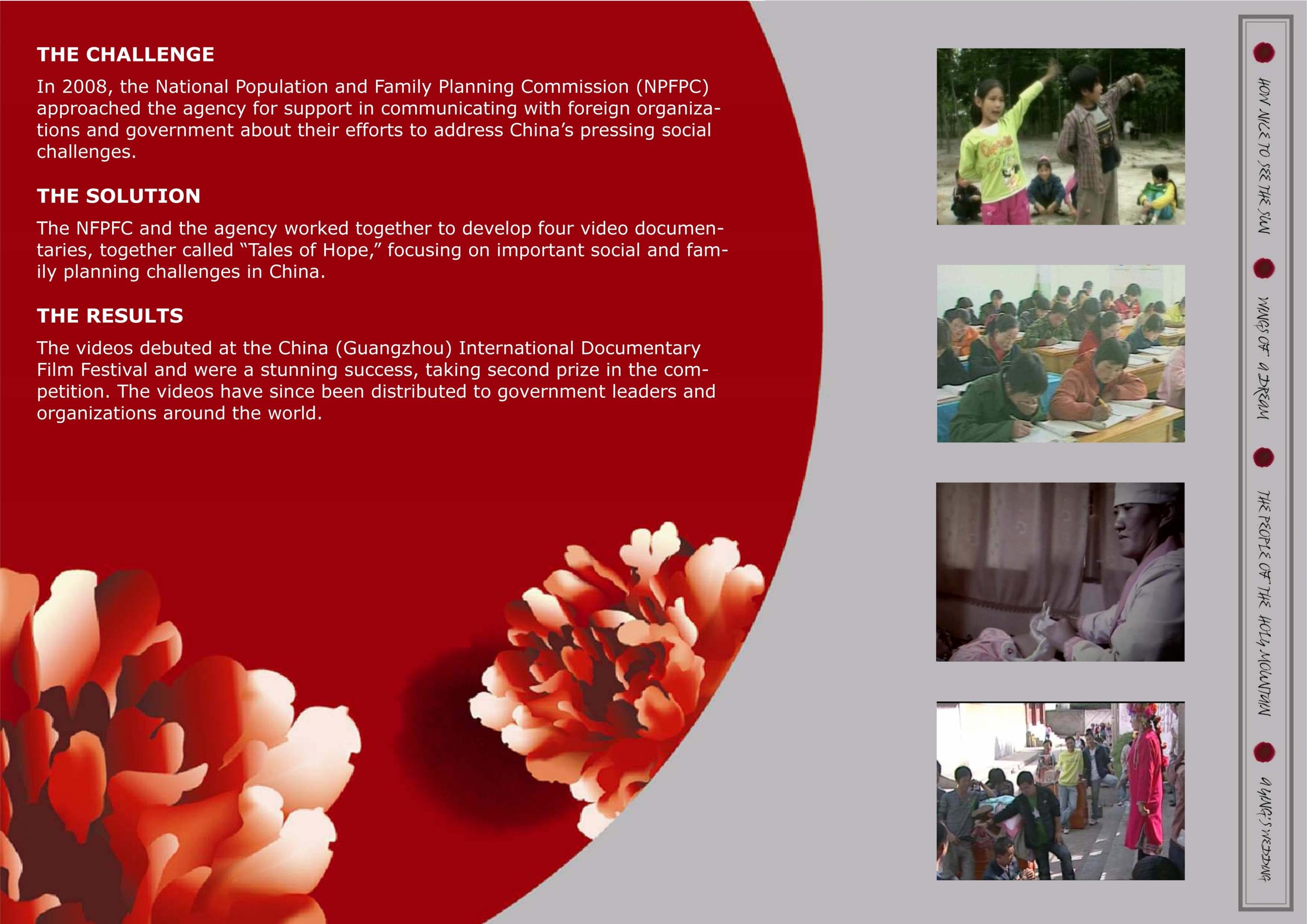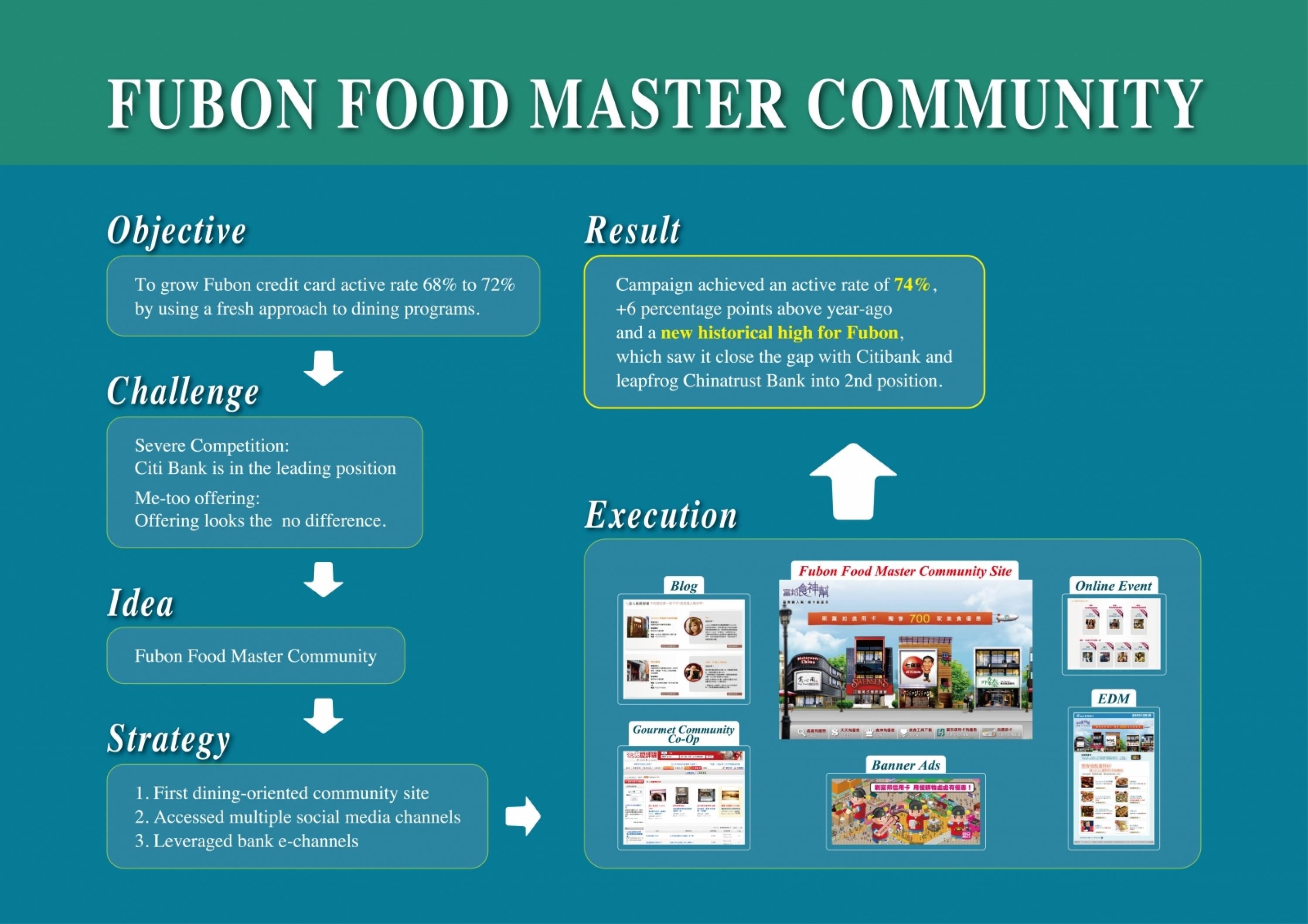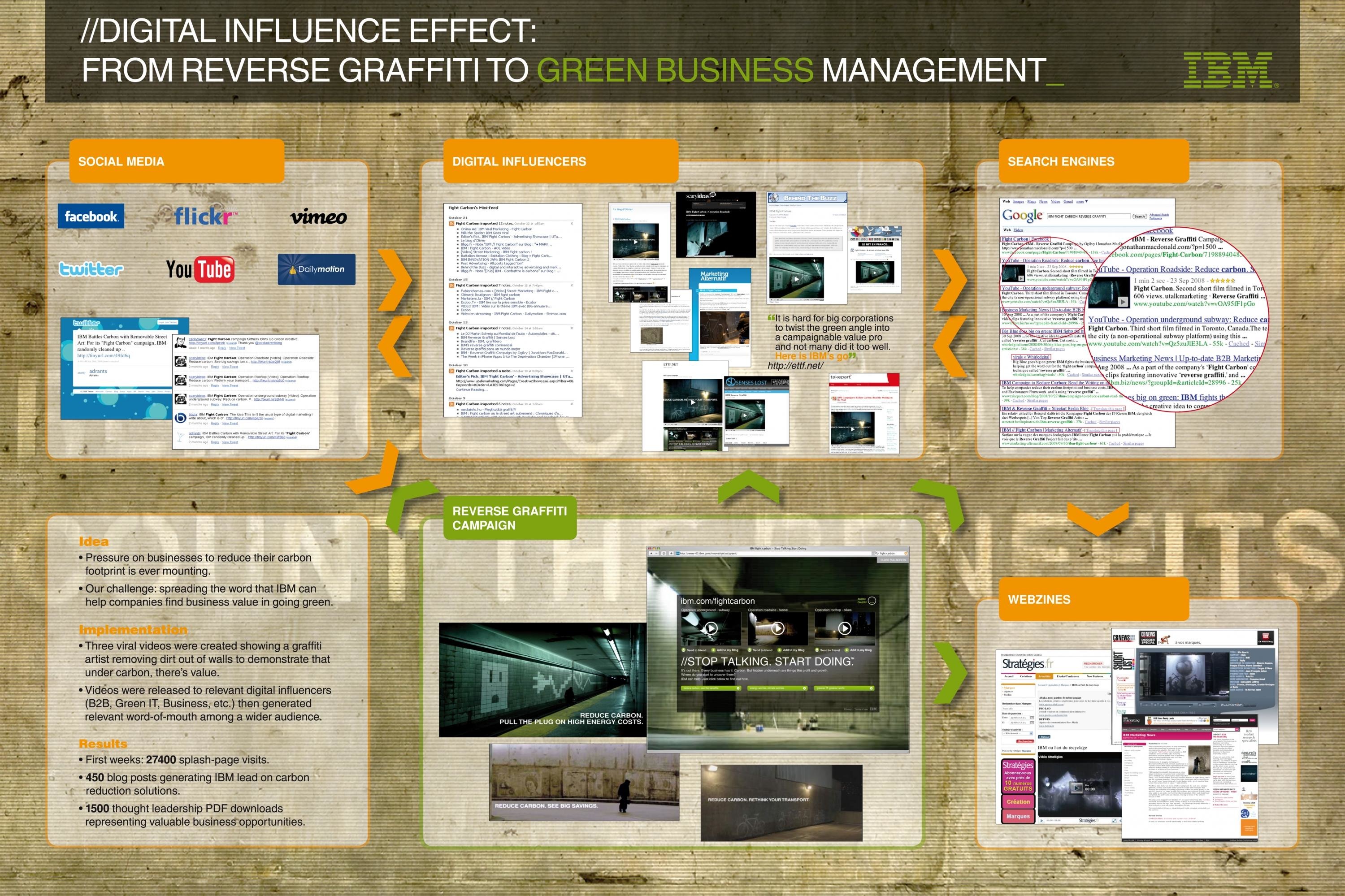PR > Technique
CHENGDU PAMBASSADORS - THE CUTEST JOB IN THE WORLD
OGILVY PUBLIC RELATIONS, Beijing / INFORMATION OFFICE OF PEOPLE'S GOVERNMENT OF CHENGDU MUNICIPALITY / 2013

Overview
Credits
OVERVIEW
CampaignDescription
Which city produces half the global supply of laptop chips, has the world’s largest stand-alone building, leads the world in panda conservation, yet seldom features in a Google tourism search?
Renowned for its spicy cuisine, leisurely lifestyle, and lovable pandas, Chengdu is the capital of Sichuan Province in western China and the country’s fourth largest city. In order to promote awareness of Chengdu as an international tourist destination, the agency designed a global competition to connect Chengdu with its most attractive asset: the giant panda.
To expand the “City of Panda” brand, the team built on the success of the original 2010 Pambassador program, strengthening experiential elements, events and stunts to penetrate local markets and generate global influence. We designed events in 10 cities worldwide to strengthen local relevance for media and consumers and leveraged social platforms to share information, photos and videos of what happened.
Meanwhile, the Pambassador 2012 competition connected with the world via Facebook, offering winning participants the once-in-a-lifetime opportunity to travel to Chengdu to become a guest panda keeper and ambassador of conservation. Chengdu Pambassador 2012 was an on- and off-line competition between September and November 2012.
The campaign drove a 30.3% increase in international visitors to Chengdu versus China’s national tourism growth of 1.2%. Global media coverage and high social media fan engagement attracted 255,000 worldwide applicants to live and work in little-known Chengdu – over seven times the number attracted by Queensland Tourism’s “Best Job in the World” campaign to live on stunning tropical islands!
ClientBriefOrObjective
Have you heard of Chengdu? Do you know where it is?
When we asked potential tourists in target markets these questions, the results were overwhelmingly negative.
Our first goal was to reach target audiences in Europe, the United States, and Asia Pacific, tell them where Chengdu is, and share the many good reasons to visit.
The communication objective was to make potential travelers from our target markets aware of Chengdu’s tourism assets. Success was measured by awareness and positive media coverage. Our ultimate goal, to increase the number of foreign tourists visiting Chengdu, was measured by foreign tourist arrivals there.
Effectiveness
• International visitors to Chengdu in 2012 increased to over 1.5m, an annual growth of 30.3% (compared to China’s national increase of 1.2%).
• “Pambassador” was dubbed “the cutest job in the world”, a moniker picked up in many of the 2,852 international media reports across 30 countries in 13 languages that were achieved in 2012.
• The level of coverage and online engagement attracted 255,000 applicants to live and work in Chengdu, four times the level of applicants attracted with the 2010 campaign.
• Our 410,000 Facebook fans, attracted in just 5 months, were actively engaged through online voting for Pambassador finalists, video and image updates from the participants, experiential events in ten cities globally, and a continuous updating of adorable panda content.
• Content featuring pandas and campaign events reaped 128m YouTube channel views.
• Combined, we achieved 1.6bn impressions in social and traditional media.
Execution
• In China, Yao Ming partnered with the Chengdu Panda Base and nonprofit organization WildAid to launch the 2012 campaign, heightening legitimacy and global visibility.
• In Europe, costumed pandas toured Edinburgh, Paris, Brussels, Rome and Berlin performing flash-mobs, giving panda bear hugs to pedestrians, and informing people about Chengdu, panda conservation, and the competition.
• In North America, we held the Pambassador competition semi-final and “Pambassador Day” at Georgetown University.
• In Singapore, we held a Panda-Rock concert, Panda-themed black & white fashion show and Asian regional semi-finals plus retail activation with 7-11 stores featured the “Pambassador” search on posters, banners, and price tags.
• In Hong Kong, a viral video showed costumed pandas visiting the city’s landmarks in search of bamboo.
• In Chengdu, 16 global finalists experienced the giant panda habitat, promoting Chengdu and the campaign through their individual stories.
• Digital content from all activities was promoted globally by social and traditional media.
Relevancy
China’s coastal cities account for a disproportionate percentage of the country’s foreign visitors. Low awareness of Chengdu overseas significantly limits opportunities to attract tourism. Chengdu’s 1.2m annual visitors in 2011 represented less than 1% of China’s 135m total. Hungry for tourism revenue and international development, Chengdu wants to raise awareness of all it has to offer.
Chengdu is an appealing destination for international tourists to experience traditional Chinese culture, taste savory Sichuanese cuisine, and visit the endangered giant pandas. Although well known in China, Chengdu’s brand lacks strong recognition globally. This campaign was developed to change that reality.
Strategy
Our strategy grew from the success of 2010’s “Search for Pambassador” model that first connected Chengdu with the little-known fact it is the hometown of giant pandas.
The agency’s team of leaders from each target market worldwide concluded that Chengdu’s most valuable asset to promote the city is the opportunity to visit dozens of endangered and adorable giant pandas at the Chengdu Panda Base. The team re-assessed the original Pambassador strategy, concluding that it was a very strong campaign idea but needed a fresh execution approach to reflect cultural shifts.
Our 2012 execution plan dramatically increased the use of interactive on-the-ground events to promote the campaign and create content for a social media buzz. Local activation activities and competitions in regional markets created local relevance and drove the traditional PR strategy. Facebook was the central digital campaign portal, allowing the campaign to interact with a very wide audience.
More Entries from Best Use of Live Events and/or Stunts in PR
24 items
More Entries from OGILVY PUBLIC RELATIONS
24 items































